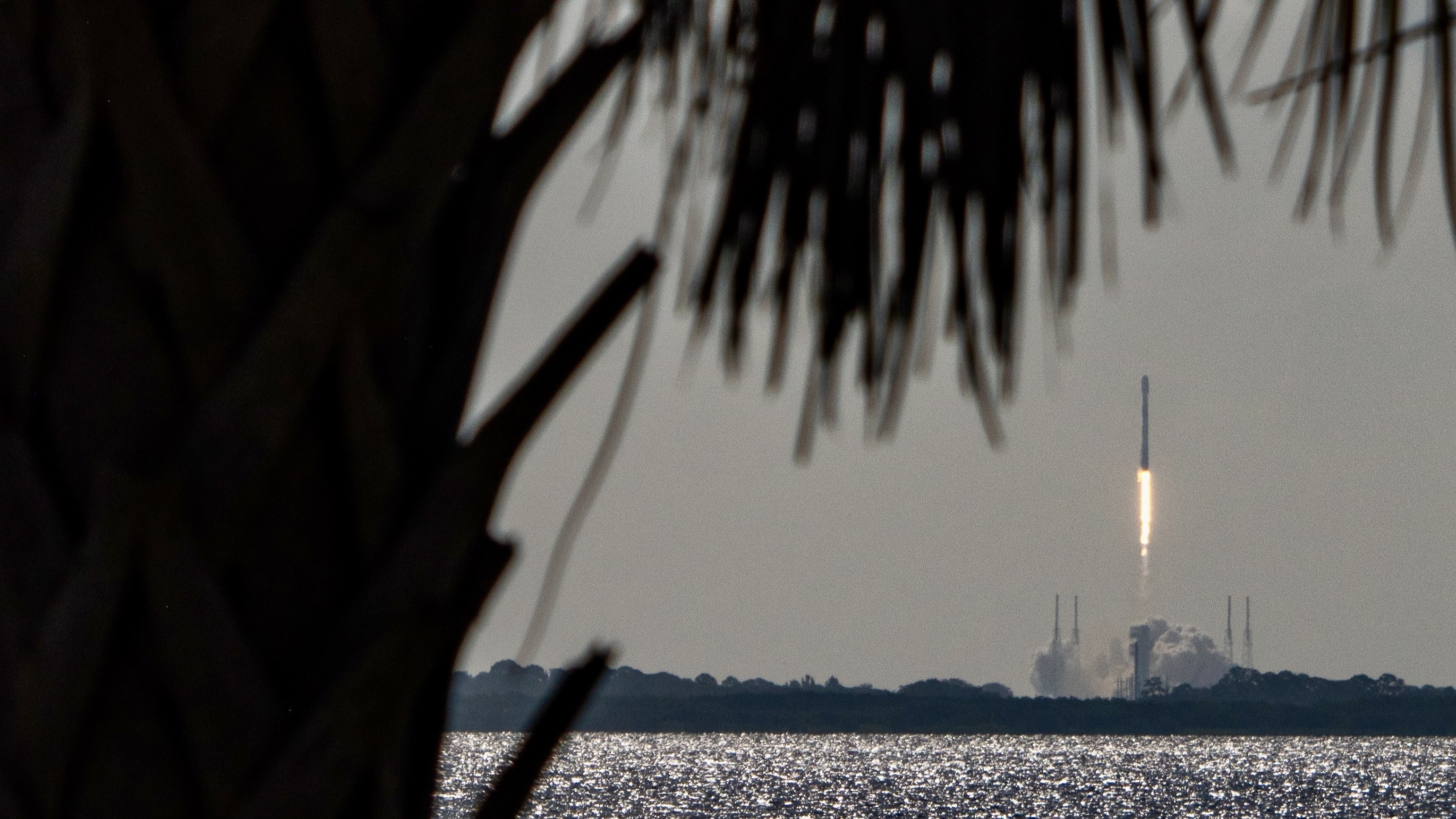SpaceX launches 23 Starlink satellites from Florida's Space Coast, lands booster on ship at sea

Advances in space exploration shine as Shubhanshu Shukla begins microgravity research on muscle degradation, CNSA captures stunning Earth-Moon images from deep space, and AI like ChatGPT shows surprising potential in spacecraft piloting.

All major sources, one page
Feel the mood behind headlines
Know what’s trending, globally
Get summaries. Save time
8,255
142
211
an hour ago
Get instant summaries, explore trending stories, and dive deeper into the headlines — all in one sleek, noise-free mobile experience.
Stay sharp in 60 seconds. Get concise summaries of today’s biggest stories — markets, tech, sports, and more
All major sources, one page
Feel the mood behind headlines
Know what’s trending, globally
Get summaries. Save time
8,255
142
211
an hour ago
Get instant summaries, explore trending stories, and dive deeper into the headlines — all in one sleek, noise-free mobile experience.
Stay sharp in 60 seconds. Get concise summaries of today’s biggest stories — markets, tech, sports, and more